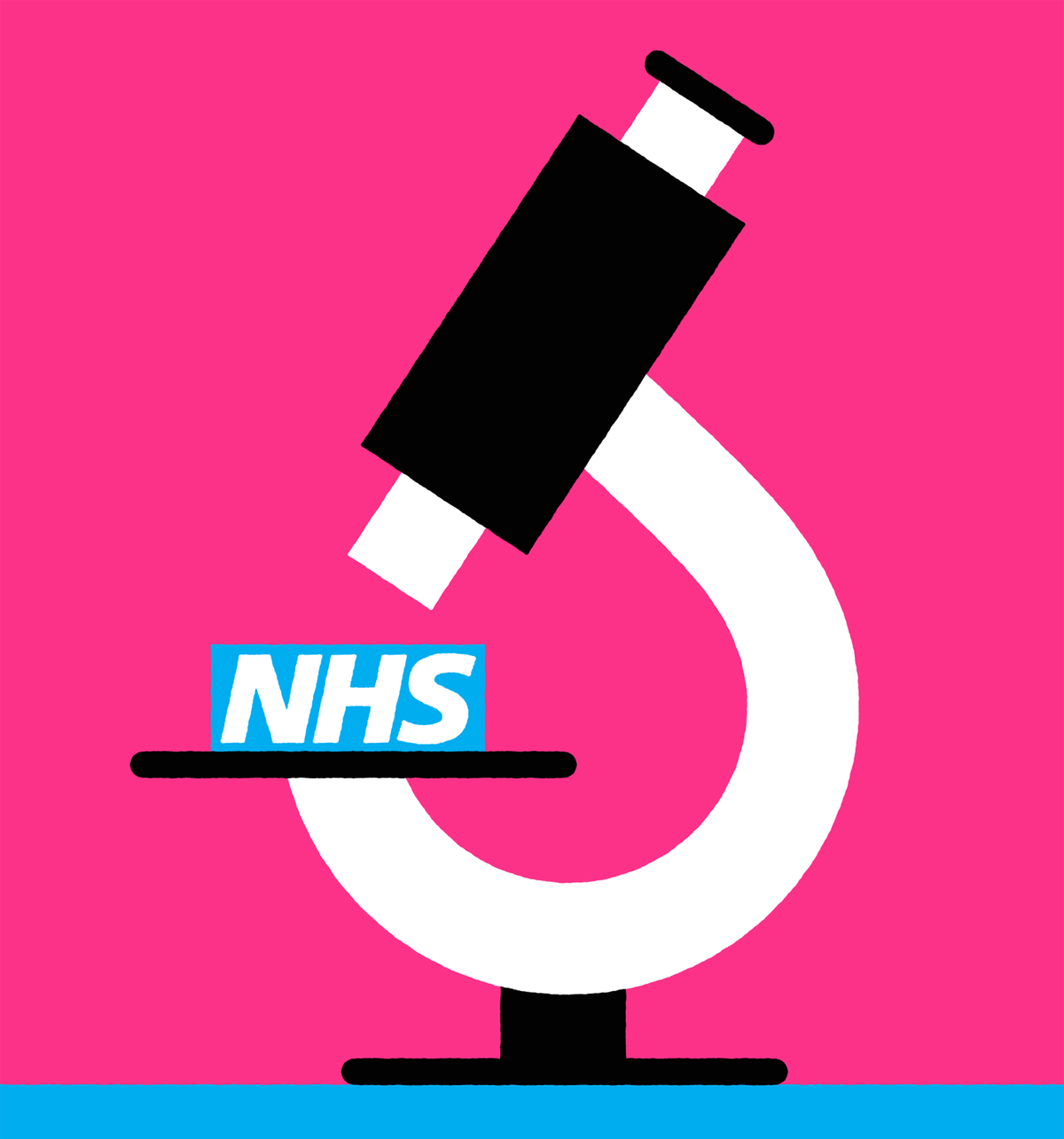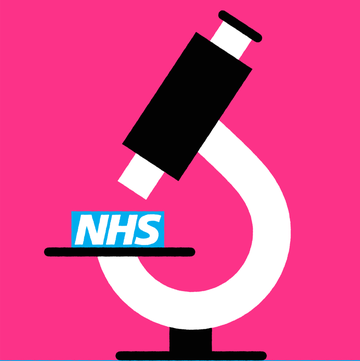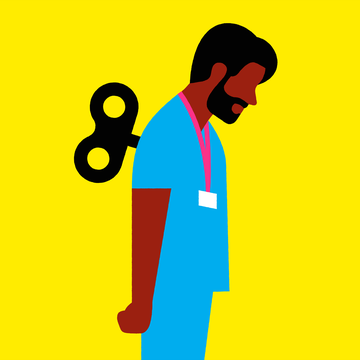Our health service is unwell. You’ve read the news stories – staff at breaking point, pitiless waiting times, patients languishing in corridors. The problems it faces are deep and knotty, though hope is not lost. Whether the solutions lie in smarter funding, technological innovation, or even our own actions, there are bright minds at work to find them. For this series, MH assembled a team of field-leading thinkers to share their strategies.
Are Britons right to be more concerned by the state of the NHS than by the state of the economy?
Yes, but they’re related. Right now, the picture is bleaker than I’ve known it for 40 years. More people are waiting: 7.2 million are in line for routine hospital treatment, the average waiting time for an ambulance is 32 minutes, and 25% of patients wait over four hours in A&E. Behind these figures, people are suffering and a lot of it is avoidable. While NHS staff are working hard under intense pressure to provide the best care they can, longer waiting risks the safety and quality of care.
The NHS lacks investment, in part because since the financial crash in 2008, economic growth has not been strong enough to support it. Then there was austerity across the public sector. Governments have been unwilling to take on more debt (even at a time of historically low interest rates) or raise taxes to invest in public services such as the NHS.
We’ve got waiting down before – in the early 2000s, for example. The recipe was investment, targets and intense political focus on just a few priorities. We need these now, but the huge added issue today is that of workforce shortages due to chronic underinvestment. If the government is committed to addressing the crisis in the NHS, it needs to act on these now.
So workforce shortages are as significant a problem as the lack of money?
Yes. Full-time vacancies in NHS trusts in England were around 133,400 in the quarter to September 2022 – that’s a five-year high. Vacancies in social care stand at around 165,000. This is just short of 10% of the workforce in the NHS and social care.
The effects across the system are devastating. People are struggling to get GP appointments. Some hospital delays come from delays in discharging patients due to a lack of social care. All this leads to a pressurised workforce that’s demoralised because it can’t deliver the quality care it’s been trained to give. This in turn leads to burnout, sickness and early retirement, which makes the shortages worse.
It’s all the result of short-term political priorities that don’t allow for medium-term planning. If the government hopes to tackle the current crisis, it must act differently and produce a fully funded workforce strategy.
Are the current problems intensified versions of perennial issues or are they exceptional?
The former. Covid was atypical, causing huge disruption to health systems across the globe, many of which face the same long tail of problems today. But the pressures we’re seeing now are because of a fundamental lack of resilience, due to a decade of underinvestment, a failure to address chronic staff shortages, and the neglect of adult social care. This is a political failure.
In 2019, per capita public spending on health in the UK was £2,646.95 – well below France (£3,307.54) and Germany (£4,131.21). Spending on health capital – buildings, equipment and IT – was also materially lower than other advanced health systems. If the UK had matched other EU countries’ average investment in this area, it would have invested £33bn more a year than it did between 2010 and 2019. Compared with Germany, it would be £70bn a year. These are huge sums. Even before the effects of the pandemic were felt, NHS performance against a range of important indicators – including waiting times – was the worst on record.
The Health Foundation exists to identify and support promising ideas to improve healthcare. Where do you see the green shoots of recovery?
Part of the answer lies in technology, to improve the quality of care at the same time as reducing the level of growth needed in the workforce. Tech will help more people manage their health conditions at home, reducing reliance on formal care and the need to physically travel to healthcare facilities.
An example of a remote monitoring project that the Health Foundation has funded was the Hampton project, led by a team at St George’s University Hospitals NHS Trust, who supported women with high blood pressure during pregnancy to monitor their health using an app that alerted them if they needed to go to hospital. It’s a model that’s now been spread widely.
Also, improved data collection, greater digitisation of health information and the increased use of AI all spell potential. We can improve the quality of care, empower patients to manage their health with apps, and improve efficiencies around paperwork.
But this won’t happen with NHS technology budgets due to be cut.
What does the future hold for the NHS?
It’s clear a new approach is needed. We’re moving too slowly to cope with the demands made on the service. Any alternatives to the NHS, even if they were feasible, will be far more expensive. The answer is to improve the current system and make use of its huge assets – the cradle-to-grave data it has on us all, for instance – to improve care. That simply means investment and reform.
Capital investment needs to increase to support the labour-saving digital care that will help sustain the NHS in the long run. We need long-term planning. And we need an intelligent vision of where the service needs to go to provide new forms of high-quality care that are consistent with the founding principles of the NHS. This is what the public cares about. Polls show that people don’t want the NHS funding model to change – they want the current system to work better.













